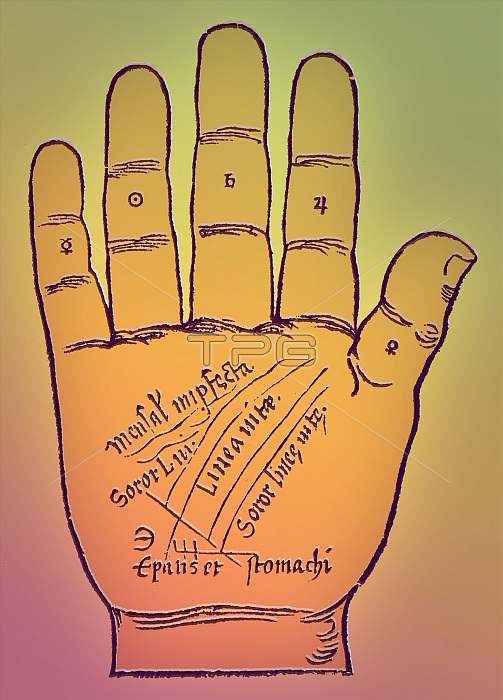
John Indagine was a 16th Century German chiromancer and Carthusian Prior. His book "Introductiones Apotelesmaticae" was published at Strasbourg in 1522 as a complete treatise on astrology, chiromancy and physiognomy. Palmistry is the claim of characterization and foretelling the future through the study of the palm. The practice is found all over the world, with numerous cultural variations. Those who practice chiromancy are called palmists, palm readers, hand readers, hand analysts, or chirologists. There are many, often conflicting, interpretations of various lines and palmar features across various schools of palmistry. These contradictions between different interpretations, as well as the lack of empirical support for palmistry's predictions, contribute to palmistry's perception as a pseudoscience. During the Middle Ages the art of palmistry was actively suppressed by the Catholic Church as pagan superstition. In Renaissance magic, palmistry was classified as one of the seven "forbidden arts," along with necromancy, geomancy, aeromancy, pyromancy, hydromancy, and spatulamancy (scapulimancy). This image has been color-enhanced.
| px | px | dpi | = | cm | x | cm | = | MB |
Details
Creative#:
TOP22175471
Source:
達志影像
Authorization Type:
RM
Release Information:
須由TPG 完整授權
Model Release:
N/A
Property Release:
No
Right to Privacy:
No
Same folder images:

 Loading
Loading